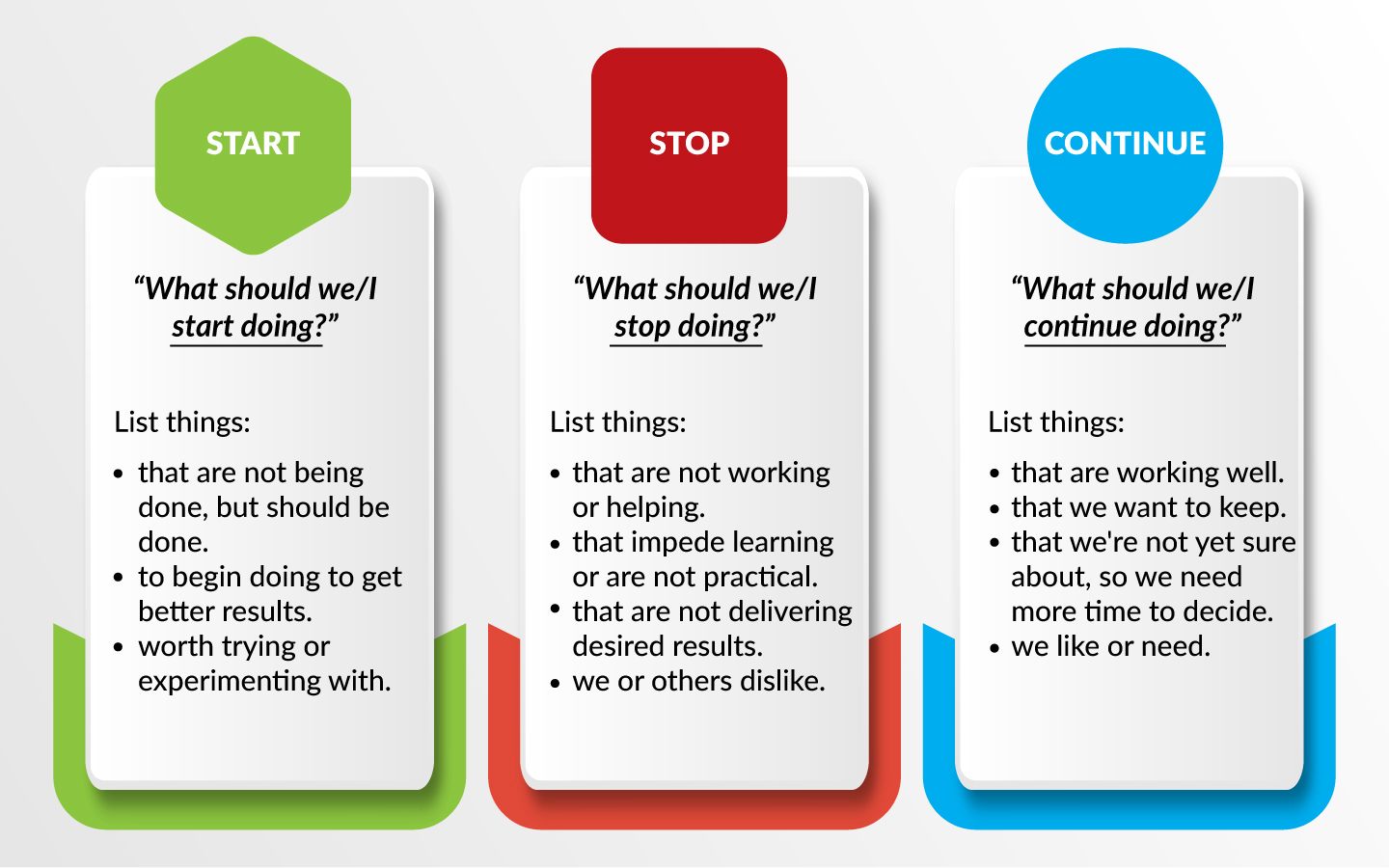Practicing Inclusive Course Design
 Rawpixel.com / Shutterstock
Rawpixel.com / Shutterstock
Learners must feel that they are safe and that they belong before they will feel at liberty to fully engage in learning, especially participating in class discussion or collaborative projects, or proposing new ideas. Inclusive course design integrates key strategies to help foster a learning environment that welcomes and respects diverse perspectives, identities, and experiences of the learner.
Remember that our different identities are intersectional, meaning that they combine together to form a unique individual, and that these identities can be invisible.
In an inclusive learning environment, all learners feel that they belong, whether they disclose their different identifies or not, and that they have equitable access to the teaching and learning in their online course. Above and beyond this fundamental standard, all learners are themselves encouraged to self-identify biases and prejudice, and grow beyond these harmful ideas.
Here are two key strategies for achieving inclusive design in your online course, along with some examples for practical application:
Ensure multiple identities and communities are represented and respected as legitimate sources of critique or knowledge. For example,
- Ask learners to share their pronouns and remember to use them.
- Ensure that course materials are coming from a variety of cultural perspectives.
- Invite learners share their own perspectives and experiences when relevant.
- Revise learning outcomes to encourage learners to encounter difference (e.g., By the end of the course, learners will be able to discuss diverse perspectives and lived experiences of literary characters who do not cater towards one type of representation)
- Include a diversity statement and/or include Safe Space branding on your instructor contact card
- Avoid penalizing English language learners for grammar errors in non-communication-oriented classes
Share power. For example,
- Collaboratively set class norms (e.g., break times) with your learners
- Ask learners about their expectations or goals for the course
- Allow learners some free choice in how they progress through some learning materials, and how they demonstrate their mastery of concepts
- Invite learners to co-construct teaching materials (e.g. exam review materials, a database of relevant resources)
- Tolerate respectful disagreement when possible (i.e., when it is not harmful to others)
- Encourage learners to choose and share with the class their own project topics within the limits of the course subject matter
- Empower peer instruction by setting up Course Groups on Blackboard for peer teaching
- Ensure that assessment is transparent and fair, and encourage learners to provide feedback on how they are assessed
-
Welcome feedback from your learners, perhaps by doing a stop-start-continue survey at the mid-point of your course

Adapted from Lio, F. (2016). [Start - Stop - Continue infographic]. Start
“Should should we/I start doing?”
List things:
- that are not being done, but should be done.
- to begin doing to get better results.
- worth trying or experimenting with.
Stop
“What should we/I stop doing?”
List things:
- that are not working or helping.
- that impede learning or are not practical.
- that are not delivering desired results.
- we or others dislike.
Continue
“What should we/I continue doing?”
List things:
- that are working well.
- that we want to keep.
- that we're not yet sure about, so we need more time to decide.
- we like or need.